The Netflix ’80s Crime Thriller Epic That Still Causes Controversy Today
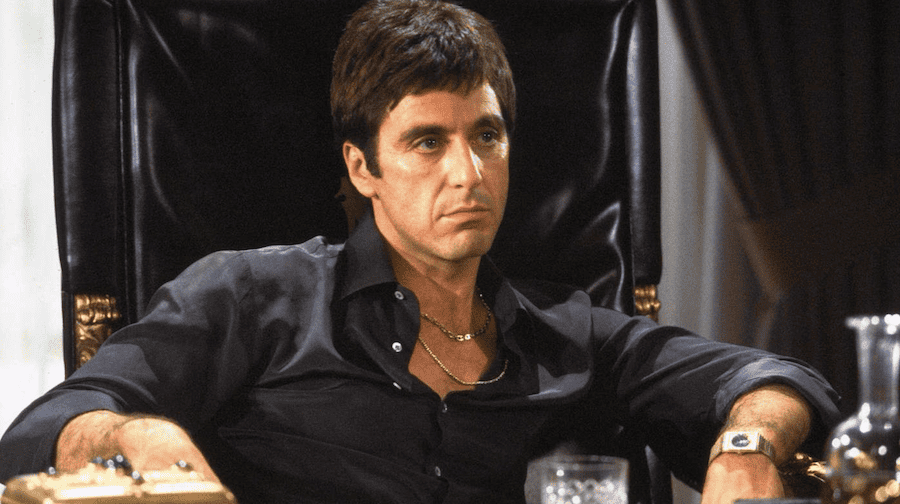
In 1983, a gangster movie unlike any that came before it exploded onto movie screens. Scarface may not have set the world on fire when it was first released, but in the 40 years since, it’s come to have a lasting impact on pop culture to the point where everyone, and we mean everyone, knows at least one line of dialogue from this movie.
If you’ve somehow avoided watching this beloved yet controversial classic, do yourself a favor and stream Scarface on Netflix as soon as possible. You won’t be sorry.
Al Pacino In Scarface
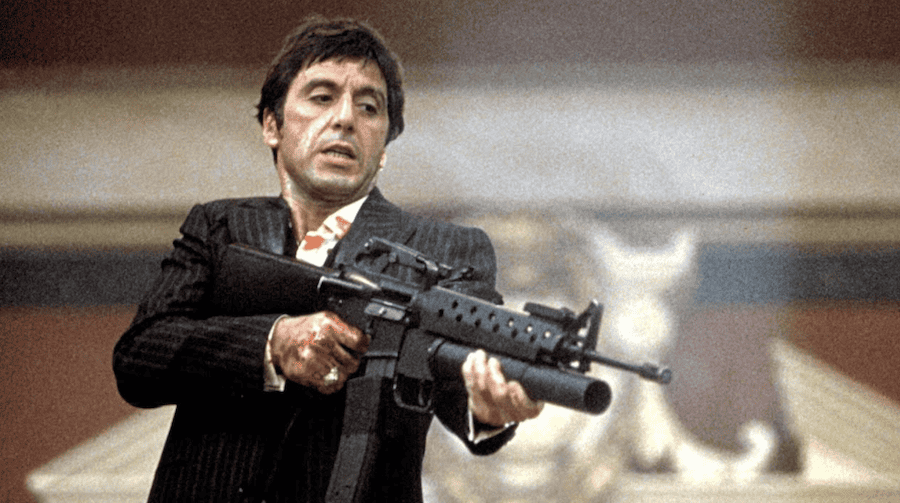
Scarface is the story of Tony Montana, a Cuban refugee who arrives in Miami penniless and hungry for power.
Over the course of 2 hours and 50 minutes, Montana builds a drug empire fueled by his own ruthless ambition and enough cocaine to kill an elephant.
Montana was brought to life by Al Pacino who already did the whole “rise of an underworld kingpin” thing a decade earlier in The Godfather (1972) and The Godfather: Part II (1974).
Scarface Was A Remake
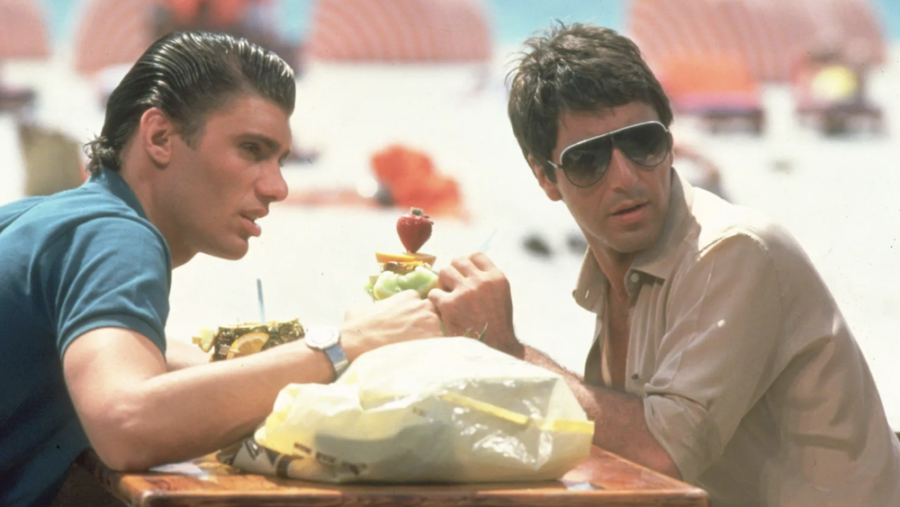
But where Michael Corleone was a cold-blooded schemer who had his own brother killed, Tony Montana is a hot-headed man of action who isn’t afraid to get his own hands dirty—and possibly wants to have sex with his sister, but that’s a whole other thing.
Many fans would be surprised to know that Scarface was a remake of an earlier film of the same name. In turn, the 1932 Howard Hawks Scarface was itself based on a novel written by Armitage Trail.
Scarface Was Supposed To Be A Statement
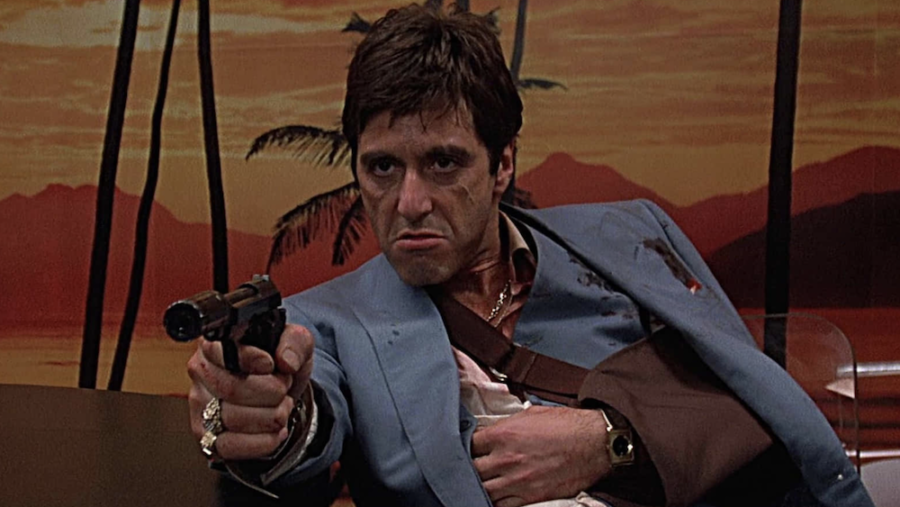
It was after Al Pacino watched a showing of the 1932 original Scarface that he got the idea to do a remake. Original director Sidney Lumet was the one who came up with the idea to make Tony Montana Cuban.
While that development was quickly adopted, Lumet’s other big idea, to make the film a statement on the current Presidential administration’s part in the sudden cocaine boom plaguing the US, was not received as enthusiastically. Exit Sidney Lumet and enter Brian De Palma.
Scarface Cast And Crew
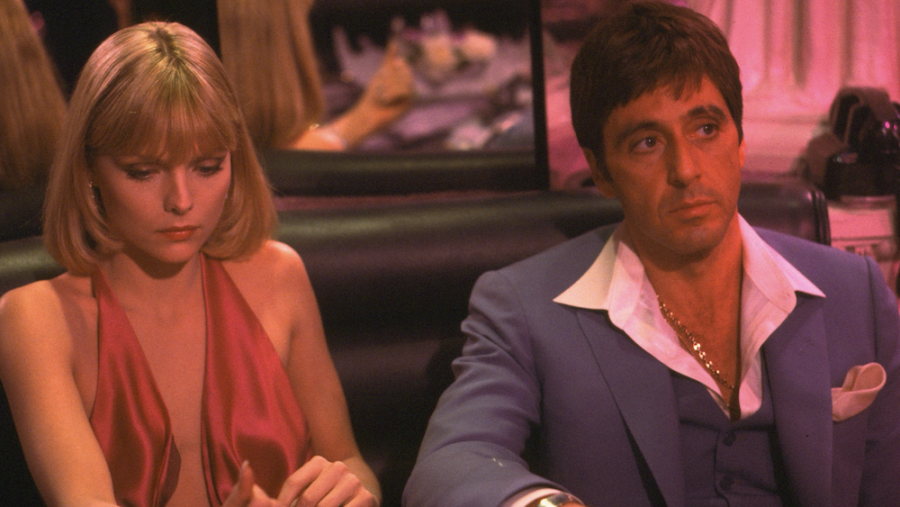
Filmmaker Oliver Stone was hired to write the script for Scarface, which he did by drawing on his own real-life cocaine addiction.
Once the behind the scenes crew was established, casting followed quickly. Al Pacino, despite not being Cuban, insisted upon playing Tony Montana, leading to much of the controversy surrounding the film.
Not only was Pacino not Cuban, but neither were the majority of actors portraying Scarface‘s other Latinx characters.
Mary Elizabeth Mastrantonio, who plays Tony’s sister—and possible object of desire—and Robert Loggia, who plays Frank Lopez, are just a couple of the actors who, along with Pacino, adopted exaggerated Cuban accents for the movie.
Cuban-Americans Were Not Pleased
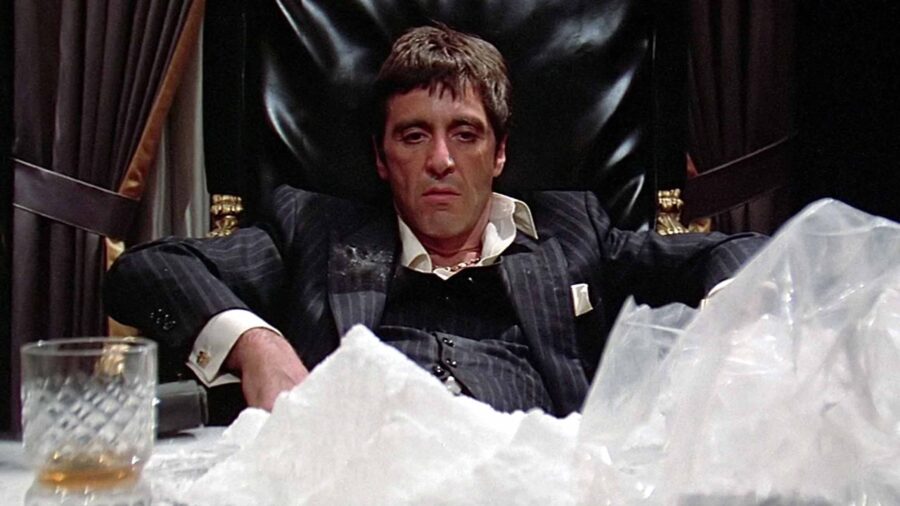
Cuban-Americans were very critical of Scarface‘s portrayal of Cubans as thugs, murderers, drug dealers, and gangsters.
It got to the point where Demetrio Perez, Miami’s City Commissioner, asked that the filmmakers dedicate at least 20% of Scarface‘s runtime to depicting Cubans in Miami engaging in “anti-Castro activities,” and generally acting like the law-abiding citizens, the majority of them were.
Perez stated that unless his demands were met, he would attempt to ban the production of Scarface from Miami.
The film’s producer, Marin Bregman, defended Scarface by stating, ”We are not doing a film about Cubans in Miami. We’re doing a picture about one gangster. The movie has more crooked Jews than crooked Cubans.” Yikes.
Filming Was In Los Angeles Instead Of Miami
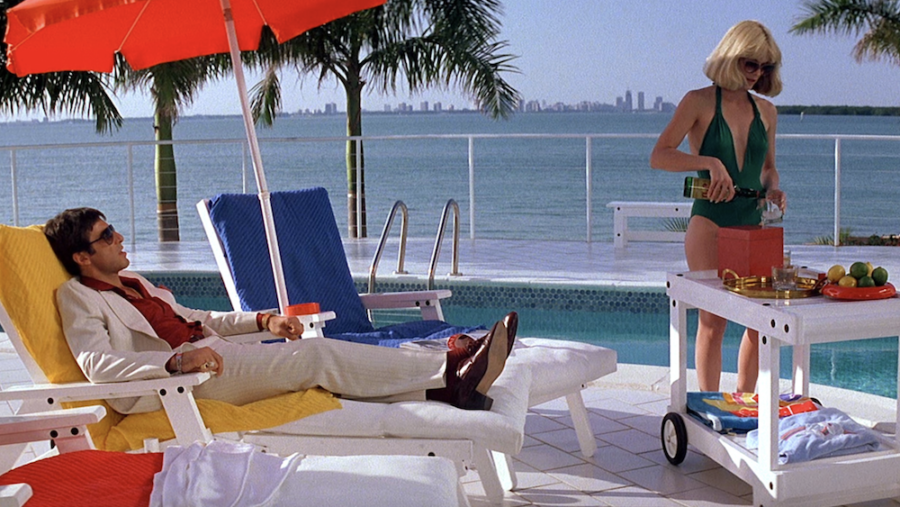
As a result, the majority of the film was shot in Los Angeles instead of Miami. Scarface had a troubled production and had to be shut down twice due to weather events in California and another third time following an injury to Al Pacino’s left hand.
The actor burned his hand on the muzzle of a gun that had recently been fired, causing the movie to pause shooting for a week while Pacino recovered.
More permanent damage was done to Pacino’s nose. The actor was forced to snort so much fake cocaine—either powdered milk, baby laxative, or even real cocaine, depending on who you ask—that, according to him, he still has nasal problems to this day as a result.
The famous ending gunfight where Tony Montana goes out in a blaze of glory features a single camera shot guest directed by Steven Spielberg, who was visiting the set at the time.
Cultural Impact
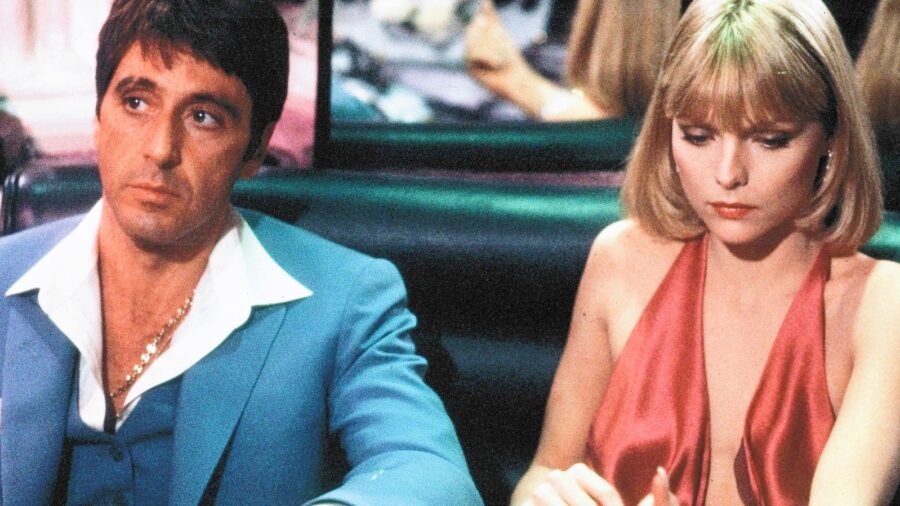
Scarface was released to mixed reviews on December 1, 1983. Despite not setting the world on fire initially, the movie eventually became one of the most influential crime films of all time.
Scarface was released around the same time that hip-hop was becoming an underground music sensation.
As such, the film has had a huge cultural impact on the hip-hop community, being referenced by everyone from Nas to Jay-Z, Chief Keef, and even the late 2Pac Shakur.
Stream Scarface On Netflix
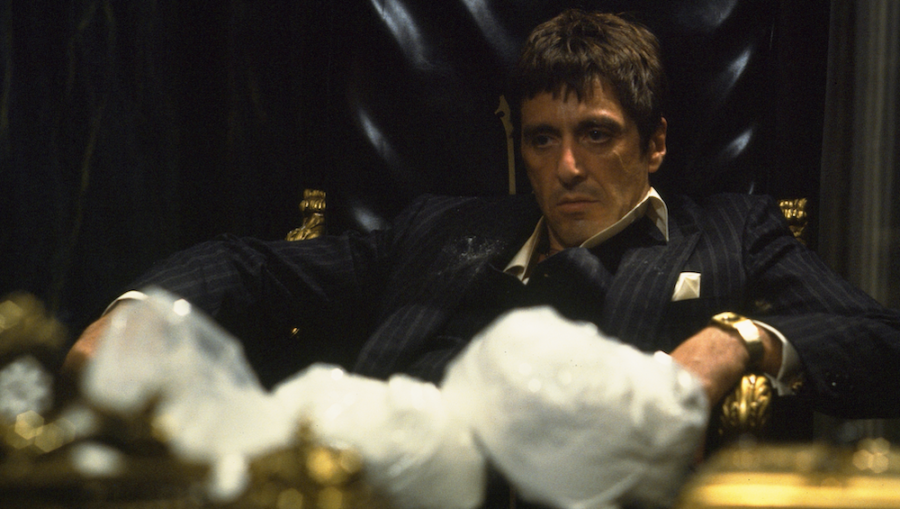
Outside of the hip-hop community, the film has endured in no small part thanks to one single line of dialogue, “Say hello to my little friend!”
There isn’t a single person from Boomer to Gen Alpha who hasn’t heard that line or a variation of it at some point in their lives.
Although it’s hard to quantify such things, it might be the single most reused and spoofed line of dialogue in Hollywood History. Even people who have never heard the word “Scarface” know the line.
There isn’t much more for us to say about Scarface that hasn’t already been said a million times before.
All we can do is paraphrase Tony Montan himself to say, in America, first, you get the money, then you get the Netflix, then you stream the Scarface.












